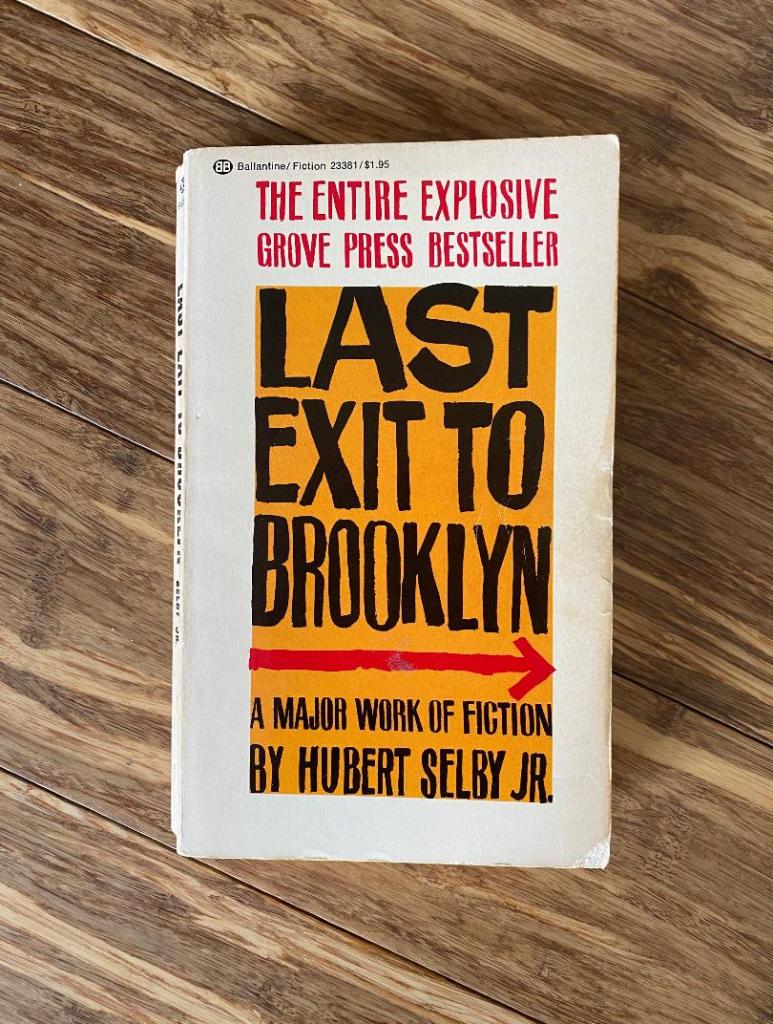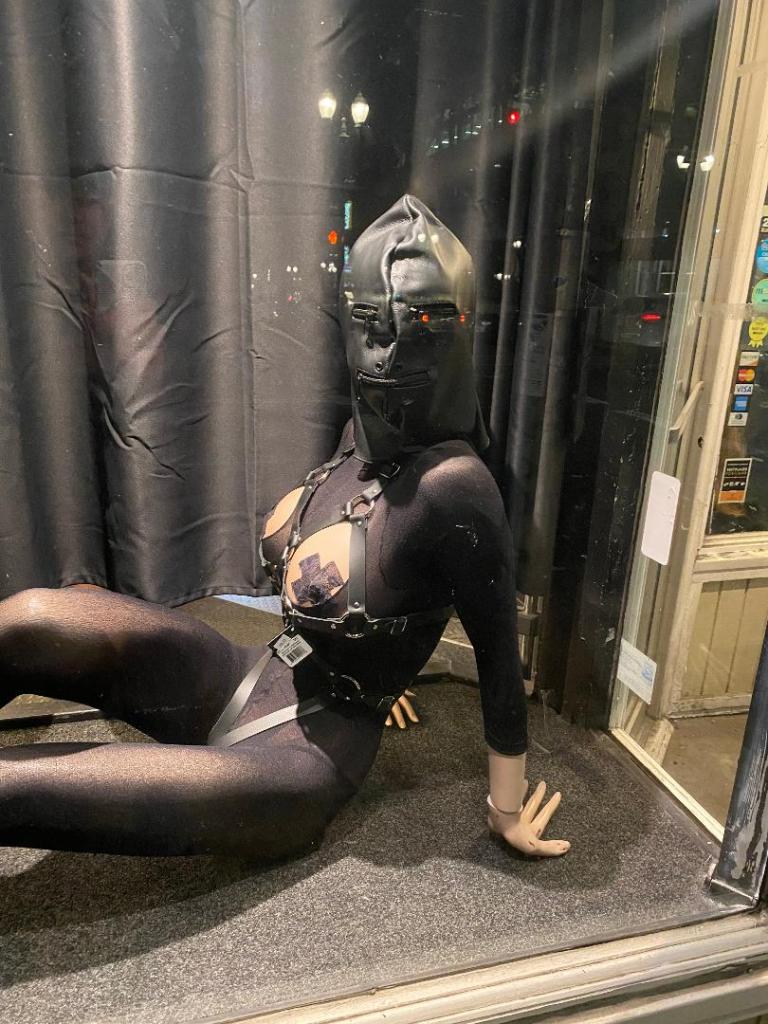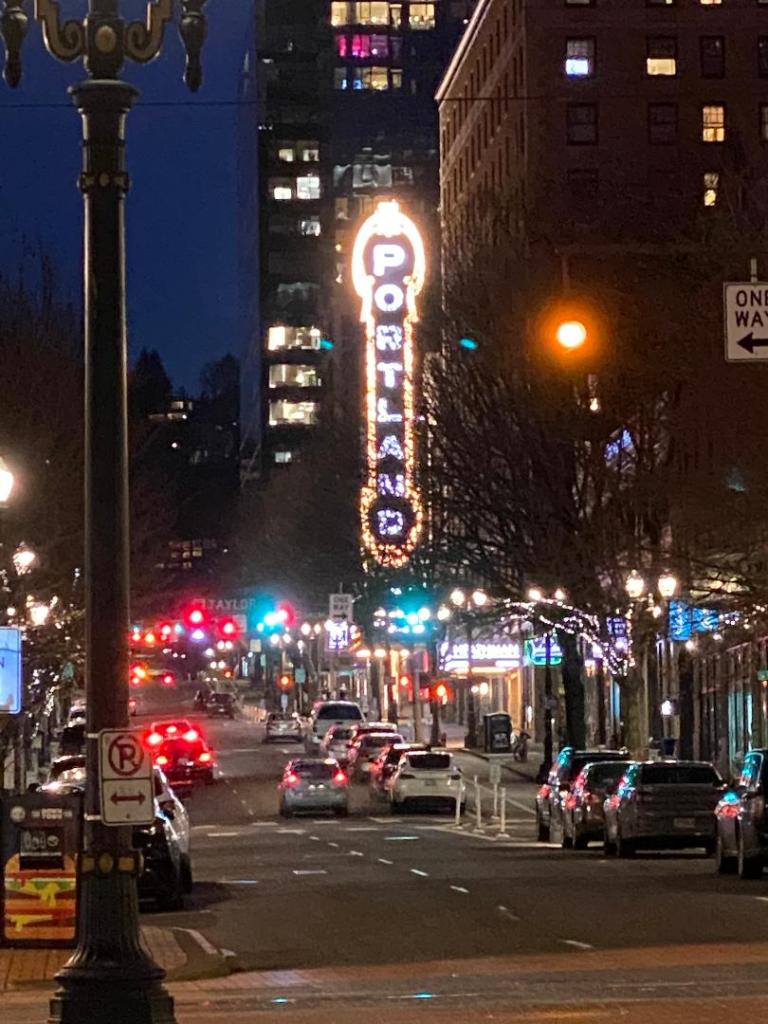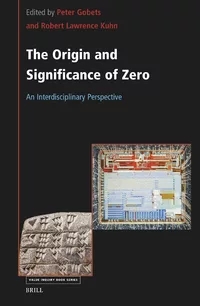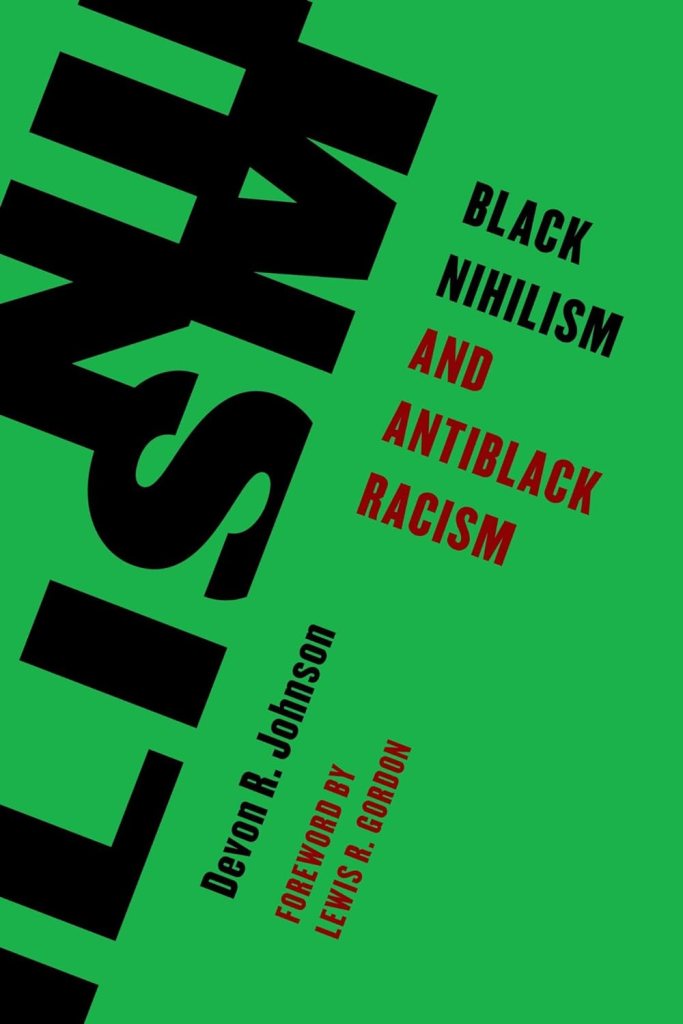
The Finitude of Being, by Joan Stambaugh
SUNY Press, 1992
It was the late 1990s, when I was a graduate student at the University at Buffalo, that I was first introduced to the work of Joan Stambaugh. I was enrolled in a life-changing seminar, led by Dr. Kah Kyung Cho, on Being and Time. Dr. Cho assigned Stambaugh’s then new translation of that book as our required reading, and while my German was not good enough to judge its merits or shortcomings, the facts that Stambaugh had been a student of Heidegger’s, and that Dr. Cho had met Heidegger – as well as studying under Karl Lӧwith and Hans Georg Gadamer – both lent a special excitement to the experience. This was a rare chance to encounter Heidegger, a towering philosophical master, at just one degree of separation. Being in that classroom felt like I was a single step removed from a thinker who had changed modern philosophy forever.
My sympathy for Heidegger was not immediate. His notorious politics were an obvious turn-off, but Dr. Cho’s love of Heideggerian philosophy, and his charitable interpretation of its meaning, were infectious. Hostile students were quickly put in their place by Cho’s patient and detailed expositions, which were delivered as monologues that looped around central issues, purposively and continuously orbiting the core of an idea, highlighting it until we saw for ourselves what our teacher saw. My notes from that seminar looked like complicated road maps, with circled concepts connected to other concepts by arrows snaking across the notepaper, some like superhighways between major cities, others like secondary roads leading to cul-de-sacs. Ideas that led nowhere still took us on fascinating journeys. I eagerly struggled to understand the material, initially finding something Kantian in Being and Time, then finally coming to understand that Heidegger was not Kant. This was thanks to Cho’s sometimes not-so-gentle prodding. Delivered in a cold deadpan manner that was at once intimidating and commanding, his instruction was not Socratic, but filled with the confidence and authority of someone who understood a mystery that you, the student, did not. He cared about his students; but not in the way that a lot of current professors claim to care. Cho cared about our philosophical understanding, but seemed indifferent as to whether we liked him or if we thought he was “nice.”
The fact that Cho cared about his students was illustrated by the fact that, unlike some professors, he was willing to spend extra time with us in organizing seminars that were off the books – like a seminar on Nietzsche – and that he invited us into his home, where he would host the modern equivalent of ancient Greek symposia. At these gatherings, as the night wore on, we inevitably ended up sitting in a crescent around his feet as he reclined on a couch, answering questions while guiding us through lines of thought. Sometimes I found those lines of thought profound (like his answers to my questions about Max Stirner) and sometimes I realized that his wisdom had its own limits (like when he dismissed my question about Yukio Mishima by saying that Mishima was “a pervert”). He was a man who earned and demanded respect because he had put in the hard work to pursue Truth; although he certainly had his blind spots.
It was Cho who taught me that grasping Heidegger’s philosophy required letting go of preconceived notions and simply flowing along with the rhythm of the thought process. It was not so much that Heidegger was offering arguments (although he was doing that too) but that he was constructing a new way of looking at the world. And once I saw things through this lens, it transformed my perspective. I will always be indebted to Dr. Cho for introducing me to Heidegger and to Joan Stambaugh’s work on Heidegger.

I recently revisited one of Stambaugh’s books; a book that I previously had read, but that I had to reread to properly appreciate. On this second reading, I was granted an insight into Heideggerian thought that, like many profound ideas, is simple once grasped, yet very difficult initially to conceive. That idea is the title of her book The Finitude of Being. In it, Stambaugh wonders why Heidegger, in his later writings, insists that being is finite.
In his early work, Being and Time, Heidegger established a distinction between the ontic and the ontological levels of analysis. At the ontic level, we conceive of the world as composed of a collection of “things,” entities that are objectively present. This is the perspective taken by science, which sees the world as a quantifiable and calculable collection of physical objects. At the ontological level, on the other hand, we attempt to conceive of existence as such; we try to think the being of beings. This is the perspective of the Presocratics, who focused their thoughts on the very conditions that allowed beings to exist. Heidegger criticizes western philosophy for its turn away from the contemplation of pure being, as found in the Presocratics, toward the contemplation of “things.” This turn, he claims, was initiated by Plato, who came to reify existence as a pure concept: The Good, a “thing” that is objectively present and eternally immutable. In this, Plato distracts us from the ontological and gets us to focus on the ontic. This distraction initiates the nihilism of western thought. We have been led, in our fascination with beings, to forget about being itself. While this is bad enough, we have also come to forget that we have forgotten about being. This forgetting about our forgetting is what Heidegger later refers to as “inauthentic” or “inappropriate” nihilism (pp. 21 – 30). “Authentic” or “appropriate” nihilism retains an awareness that we have forgotten about being, and as a result it contains the possibility of a return to being. Inauthentic nihilism cuts us off from such a return.
If being is the being of beings, then why is it not infinite? Heidegger, in Being and Time, claims that being is more like time than an object insofar as time is a process that flows and is never objectively present. And if being is like time, then why is it not, like time, infinite? The answer is found in Heidegger’s own evolution as a thinker. In his later writings, Stambaugh discovers that Heidegger increasingly comes to see being itself as intimately related to human being. Human beings are the locations, or clearings, within which being becomes manifest. The problem is that while being is expressed through human beings, human beings also always obscure and cover over the being of beings. This process of simultaneous revelation and concealment is the authentic meaning of the Greek word Alethia, according to Heidegger. Translated as “truth,” we tend to think of this phenomenon as a “thing,” as if there are objectively present facts that constitute what we call “truths.” But in its authentic sense, Alethia is not a “thing” at all, but a process by which being is simultaneously revealed and concealed. This implies that being is never fully present, but always also partially hidden. Think of how it is that when you look at a coin, for instance, that you can never see the entire coin. If you look at the face of the coin, you necessarily conceal the back. If you look at the back of the coin, you necessarily conceal its face. You never see the whole coin once and for all. Conceptually, this is how all thought unfolds. If we think one concept, it crowds out another, and so our conception of reality is never complete or whole.
Authentic nihilism is aware of the necessary role of concealment in the process of revelation. If nothing was suppressed, being would never have a specific place to become manifest. The problem, however, is that human beings have traditionally insisted on the imposition of their own, ontically oriented frameworks that mold and constrain the ways in which being becomes manifest. These frameworks are inauthentically nihilistic insofar as they encourage us to forget that they always suppress something, and so we become deluded into the belief that through them we have exhausted the significance of reality. Scientific thought, for instance, often claims that it understands the “really” real nature of the world without being sensitive to all that it leaves out: the poetic, the mystical, etc. It regards those other characteristics as unimportant and inconsequential. To a hammer, everything looks like a nail, and if it isn’t a nail, then it isn’t of interest to the hammer in the first place. Heidegger calls this inauthentic form of nihilism “Framing” (pp. 31 – 34). When we are in the grips of framing, we can’t conceive that anything significant lies beyond the enclosure imposed by the system of our thoughts.
The solution to this is a move toward “Appropriation” and “The Fourfold” (pp. 53 – 58; 75 – 83; 153 – 169). There is much that Stambaugh (and Heidegger) writes about the Fourfold that puzzles me, but the crux of the matter is that in thinking being as a relationship that emerges between human beings and the world/nature, we can start to view nihilism, or the covering over of being, not as purely nugatory, but as possessing a positive aspect. Instead of concealment as “deception” or “distortion,” which emphasizes the negative elements of the phenomenon, we can think of concealment as “sheltering” or “preservation,” which emphasizes its productive elements. In this, human being and being are a “belonging together” (p. 169). They complete one another, and by accepting the complementary nature of Dasein (human being) and being, we can reveal and affirm the necessity of concealment for human existence and being alike. As Heidegger writes in his “Letter on Humanism,” “Language is the house of being.” In the language of humans, we have the opportunity to offer a shelter beneath which being may be preserved and appreciated, not in terms of some sort of unthinkable infinity, but in terms of human finitude. This requires a language that lets being be, and letting being be entails the acknowledgment of nihilism, which demands concealment as a part of revelation.
So, why is being finite? Because being is necessarily enmeshed with human being, with which it shares a relationship. Human being, Dasein, is being-toward-death. It is mortal, and thus being itself is tied to the finitude that accompanies human mortality. Our thoughts and language give being a home, but that home is not an infinite expanse.
Whether Stambaugh’s interpretation of Heidegger is fully accurate, I can’t say. What I can say is that I personally think that the substance of what she has written in The Finitude of Being is correct. The idea that nihilism is ambiguous, that it is possesses both affirmative and negative aspects, is something that I have been concerned with for most of my life. In this regard, to be a nihilist is not merely an exercise in rebellion or an expression of adolescent angst. It is to recognize that there is always a gap between what we are able to think and what we aspire to think. We are never whole, and we never stand in the light of complete Truth, but are always tainted (or blessed?) by a shadow of falsehood. To be a nihilist, in my conception of the word, is to recognize the finitude of human understanding.
I recently presented a paper at a conference where some of the attendees commented that, of course, nihilism is just a phase; something that one grows out of once one has discovered a more mature and affirmative perspective on the world. Even among professional philosophers it is difficult to convey how nihilism is much more complicated than commonly believed, and how it permeates their own thinking in ways that they are not even aware. The word, clearly, still possesses a powerful and threatening force that seems to frighten and repel many people. I suppose there is a part of me that is happy about this. Perhaps it is an indication of nihilism’s enduring potency.
Martin Heidegger, Joan Stambaugh, and Kah Kyung Cho have all passed on, but all of them left gifts that have enhanced the world, making it more profound, and in some ways more mysterious. I can’t claim to fully understand any of them. And that’s the point. Here I am, decades beyond the time when I first encountered these thinkers, on the page or in the flesh, and I’m still learning from them, sorting through their wisdom, and trying to understand the lessons they intended to teach. That is one of the blessings of nihilism: by holding open a gap of nothingness between our understanding and our highest aspirations, it makes education never-ending.


